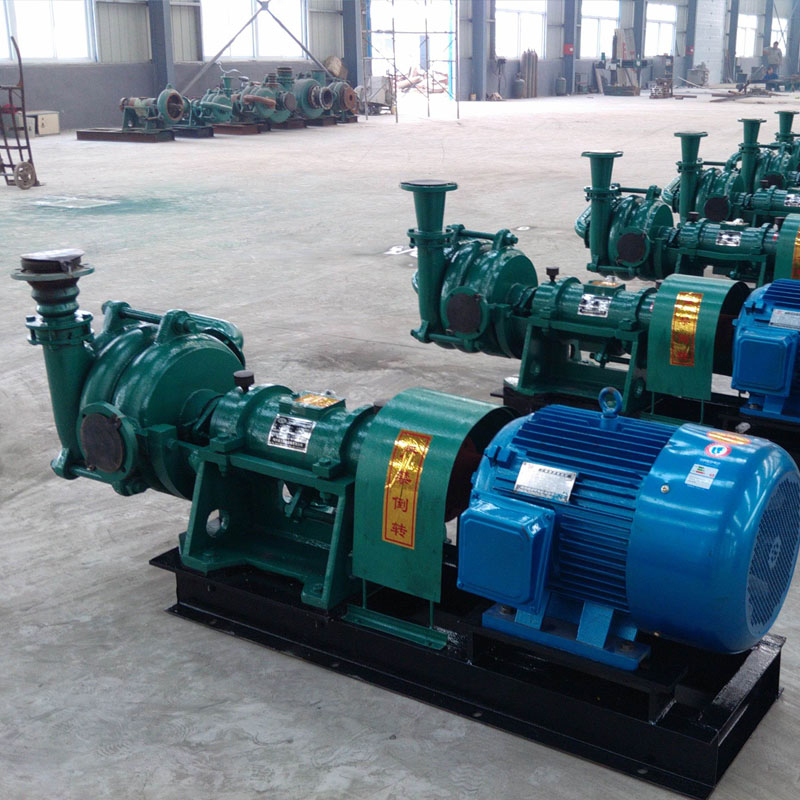Khmer
- Afrikaans
- Albanian
- Amharic
- Arabic
- Armenian
- Azerbaijani
- Basque
- Belarusian
- Bengali
- Bosnian
- Bulgarian
- Catalan
- Cebuano
- Corsican
- Croatian
- Czech
- Danish
- Dutch
- English
- Esperanto
- Estonian
- Finnish
- French
- Frisian
- Galician
- Georgian
- German
- Greek
- Gujarati
- Haitian Creole
- hausa
- hawaiian
- Hebrew
- Hindi
- Miao
- Hungarian
- Icelandic
- igbo
- Indonesian
- irish
- Italian
- Japanese
- Javanese
- Kannada
- kazakh
- Khmer
- Rwandese
- Korean
- Kurdish
- Kyrgyz
- Lao
- Latin
- Latvian
- Lithuanian
- Luxembourgish
- Macedonian
- Malgashi
- Malay
- Malayalam
- Maltese
- Maori
- Marathi
- Mongolian
- Myanmar
- Nepali
- Norwegian
- Norwegian
- Occitan
- Pashto
- Persian
- Polish
- Portuguese
- Punjabi
- Romanian
- Russian
- Samoan
- Scottish Gaelic
- Serbian
- Sesotho
- Shona
- Sindhi
- Sinhala
- Slovak
- Slovenian
- Somali
- Spanish
- Sundanese
- Swahili
- Swedish
- Tagalog
- Tajik
- Tamil
- Tatar
- Telugu
- Thai
- Turkish
- Turkmen
- Ukrainian
- Urdu
- Uighur
- Uzbek
- Vietnamese
- Welsh
- Bantu
- Yiddish
- Yoruba
- Zulu
Telephone: +86 13120555503
Email: frank@cypump.com
ធ្នូ . 11, 2024 07:59 Back to list
sewer lift pump
Sewer Lift Pumps An Essential Component of Wastewater Management
In modern urban infrastructure, the effective management of wastewater is crucial for public health and environmental sustainability. One key element of this system is the sewer lift pump, a device designed to transport wastewater and sewage from lower elevations to higher ones, enabling proper flow to treatment facilities. Understanding the function and importance of sewer lift pumps is essential for anyone involved in municipal planning, engineering, or environmental management.
What is a Sewer Lift Pump?
A sewer lift pump, also known as a sewage pump or lift station pump, is typically installed in areas where gravity drainage is insufficient. These pumps lift wastewater from lower-lying areas, such as basements or lower floors of buildings, and push it through pipes to higher elevations where it can flow freely into the sewer system. They play a vital role in preventing flooding and ensuring that sewage is transported efficiently to treatment plants.
How Do Sewer Lift Pumps Work?
The operation of a sewer lift pump is relatively straightforward. Wastewater flows into a collection basin, also known as a wet well. Once the water level reaches a certain height, a float switch activates the pump. The pump then lifts the sewage and discharges it into a higher elevation sewer line. Depending on the system design, the pump can be submersible, installed below the water level, or non-submersible, positioned above the wet well.
Pumps are typically equipped with a grinder or macerator to break down solid waste, ensuring that debris does not clog the system. Various types of pumps exist, including centrifugal, diaphragm, and positive displacement pumps, each suitable for different applications depending on the volume of wastewater, the presence of solids, and the required discharge head.
Importance of Sewer Lift Pumps
sewer lift pump

Sewer lift pumps are indispensable in urban settings with complex topographies. They facilitate the movement of sewage in low-lying areas, ensuring that wastewater does not accumulate and cause environmental hazards or health issues. By enabling the effective disposal of sewage, these pumps contribute to the overall sanitation of a community, thereby improving quality of life and protecting natural water bodies from contamination.
In addition to their functional benefits, sewer lift pumps also play a significant role in preventing overflow situations that can occur during heavy rainfall or storms. Without adequate pumping systems, wastewater can back up into homes and streets, leading to widespread flooding and pollution. Lift pumps help mitigate these risks by maintaining optimal flow rates and managing peak flows.
Maintenance and Efficiency
Regular maintenance is crucial to ensure that sewer lift pumps operate efficiently and reliably. Routine inspections can prevent common issues such as blockages, wear and tear, and electrical failures. Additionally, employing advanced monitoring systems allows for real-time assessments of pump operation, helping to predict failures before they occur.
Efficiency is another important aspect of modern sewage pumps. With advancements in technology, many newer models are designed to be more energy-efficient, reducing operational costs and greenhouse gas emissions. Implementing smart technologies, such as variable speed drives and automated controls, can enhance overall system performance.
Conclusion
Sewer lift pumps are a fundamental component of effective wastewater management systems. Their ability to transport sewage efficiently and safely plays a crucial role in maintaining public health and protecting the environment. As urban development continues to expand, investing in reliable sewer lift pump systems and their maintenance will be essential for sustainable growth and community well-being. Without these vital systems in place, the risk of infrastructure failure, environmental contamination, and public health crises would significantly increase, highlighting the importance of this often-overlooked technology in our daily lives.
-
Reliable Non-Clog Sewage Pumps with GPT-4-Turbo Tech
NewsAug.04,2025
-
High-Performance Air Pumps for Sand & Gravel | Efficient Transport
NewsAug.03,2025
-
ISG Series Vertical Pipeline Pump - Chi Yuan Pumps Co., LTD.|Energy Efficiency, Corrosion Resistance
NewsAug.03,2025
-
ISG Series Pipeline Pump - Chi Yuan Pumps | Energy Efficiency&Compact Design
NewsAug.03,2025
-
ISG Series Vertical Pipeline Pump - Chi Yuan Pumps Co., LTD.|High Efficiency, Low Noise, Durable
NewsAug.02,2025
-
ISG Series Vertical Pipeline Pump - Chi Yuan Pumps | High Efficiency, Low Noise
NewsAug.02,2025










